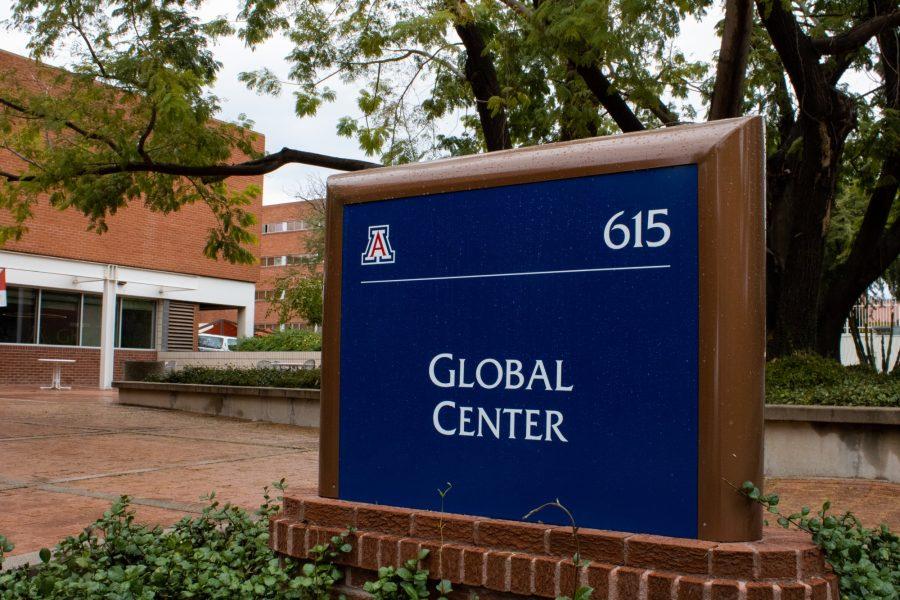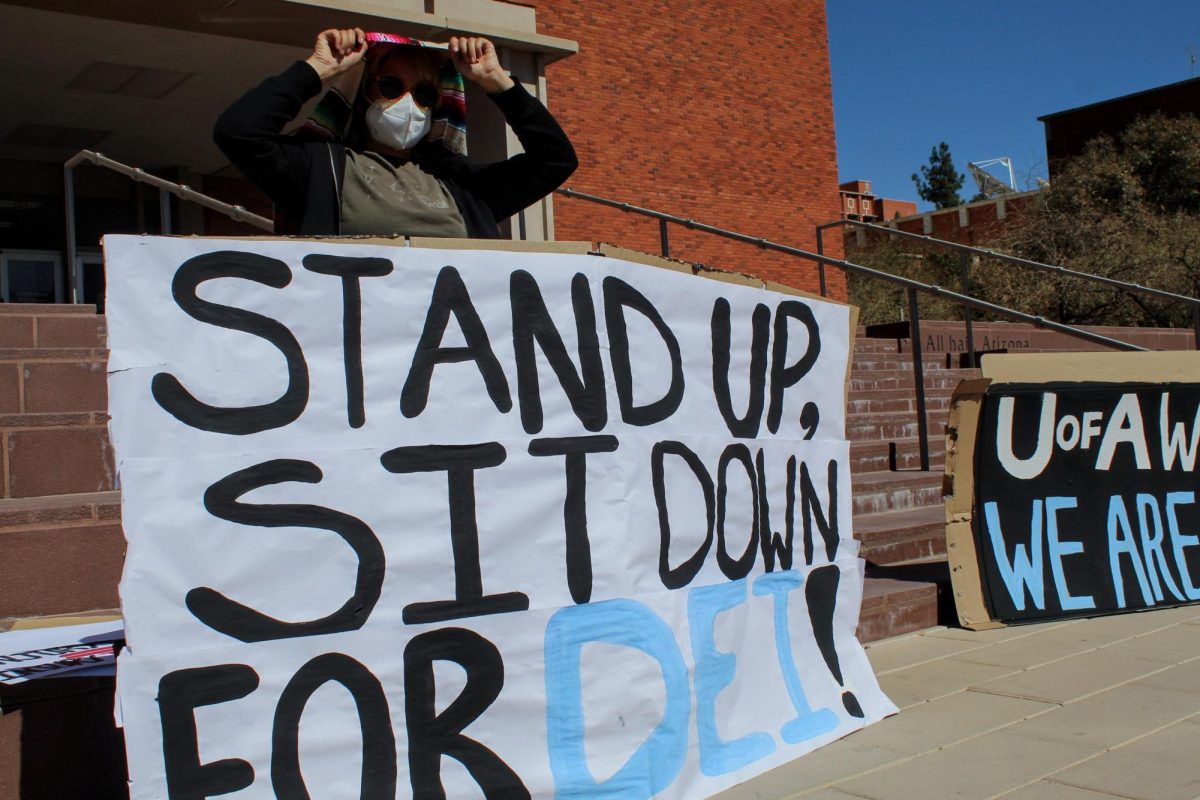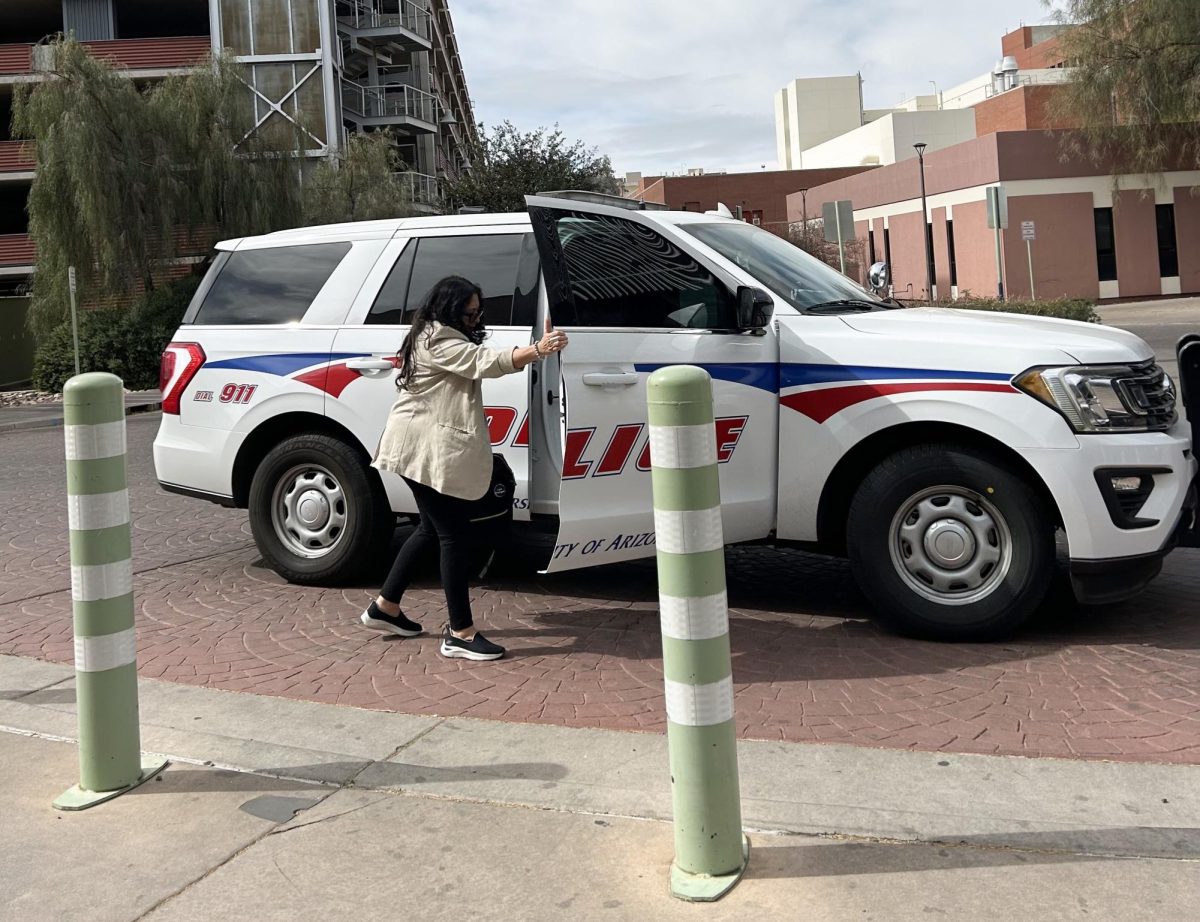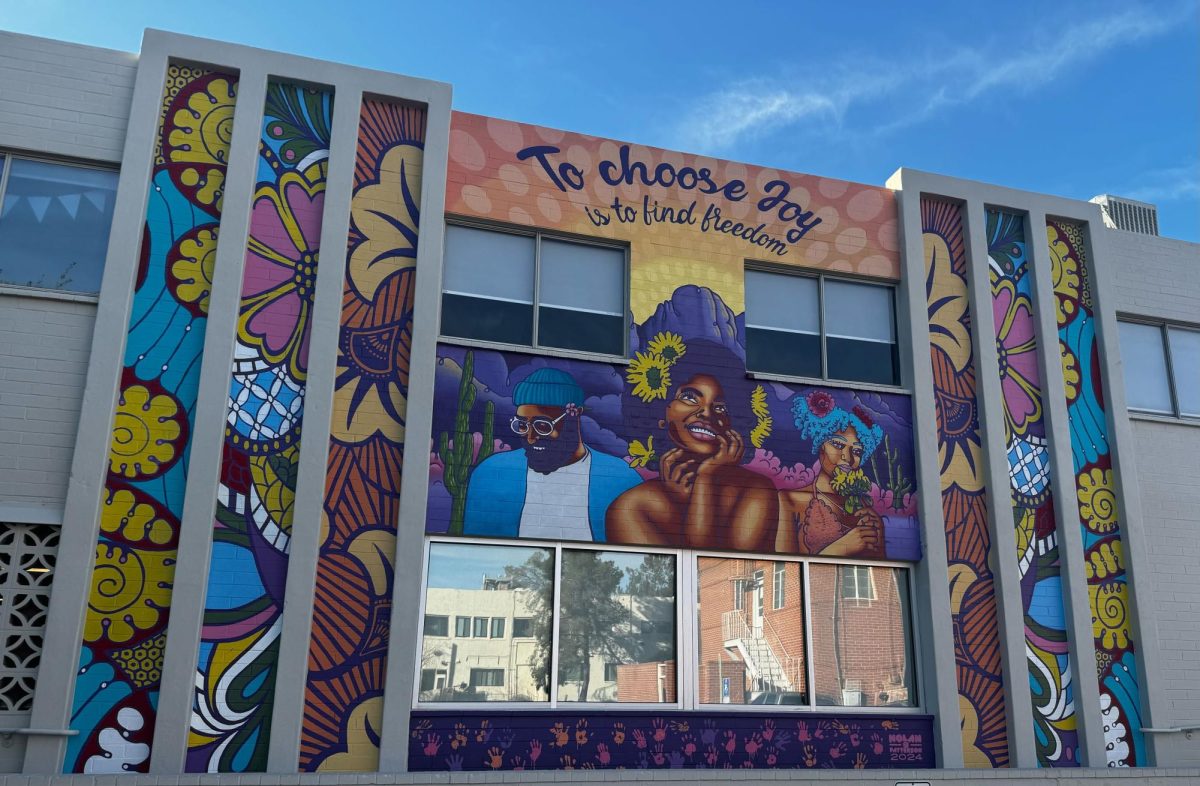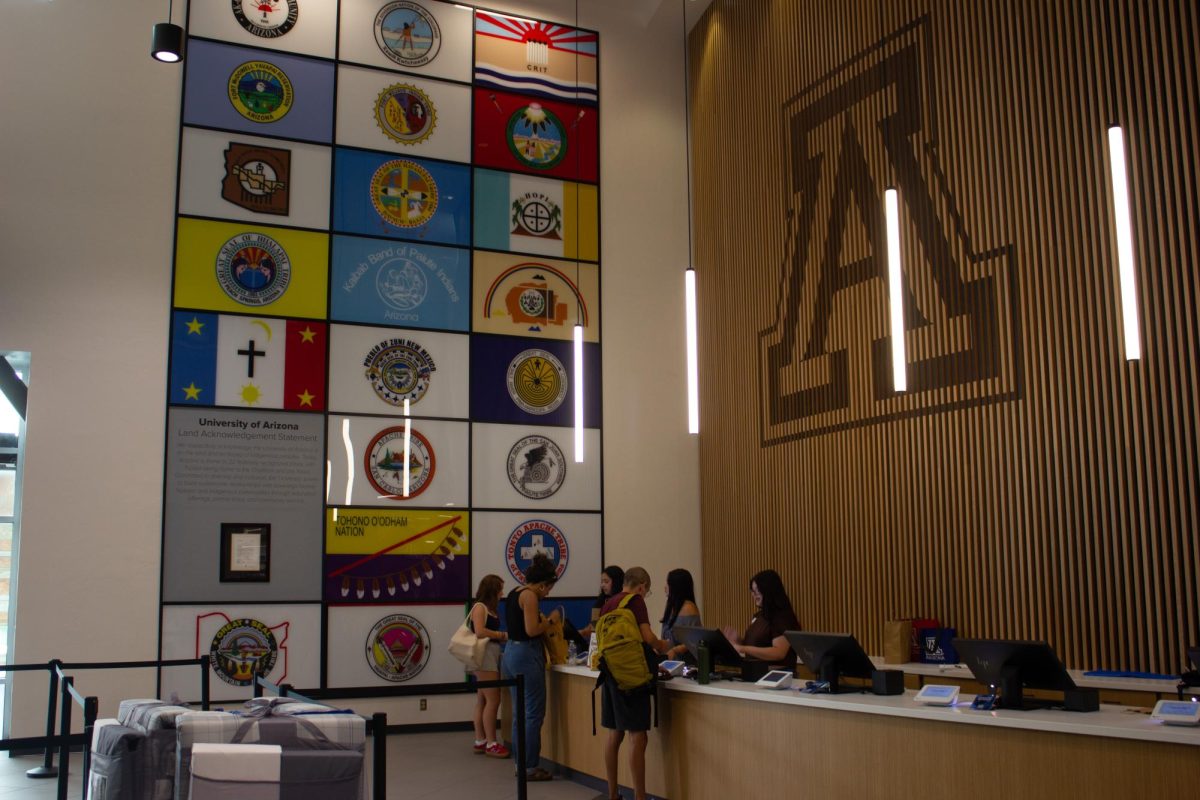U.S. Immigration and Customs Enforcement recently rescinded a directive that called for international students to leave the country if their instruction was to go fully online, following a series of lawsuits by multiple universities, including one case involving the University of Arizona and several other institutions on the western seaboard.
While the reversal of the directive is seen as good news for Arizona’s large international student population, the rapid issuing and rescinding of the directive still created fears, anxieties and many questions regarding student immigration status for the upcoming fall semester.
RELATED: COBA meets with Administration to discuss June 6 protest and demands
“We are, as a community, delighted that this additional burden has been lifted from our students,” said Provost Liesl Folks on a phone interview with the Daily Wildcat. “It was causing a lot of anxiety and stress for our students for various reasons, and our international students felt very strongly that they were being disadvantaged compared to our domestic students, because of the requirement to have some of their curriculum delivered in person.”
Folks recognized that the directive isolated UA’s international community, and while the university was prepared to meet the directive if implemented, the rescinding of the decision following the series of lawsuits echoed the university’s commitment to the support of international students.
“It [the directive] reminds us that our students here with us on these visa programs require constant support and reassurance. Support in as much that we make sure to help to always stay compliant with the rules and regulations around their visas,” Folks said. “They are a long way from their families and their normal support structures and are in an environment they are not necessarily familiar with, so our core value of compassion is absolutely fundamental, to always work with international students and support their academic aspirations.”
Despite the reversal of the ICE directive, the university’s reentry plan — long emphasizing a return to in-person classes — meant that Arizona specifically would have been well equipped to meet the ICE directive had it not been rescinded. Both the already planned modality layout, with flex or hybrid classes involving some degree of in person instruction, alongside special plans to accommodate in person instruction for international students, meant that Arizona specifically was ready to serve its international community in the event of ICE student visa enforcement.
“We were in a better position than many other universities in terms of planning,” Folks said. “We set up a different approach than most universities in that we were trying to ensure that any degree program, and in every year of that degree program, a student can choose up to 50% of the content to be in some kind of in person modality.”
In the event of the ICE directive, Arizona faculty were also hastily planning to provide special in-person instruction to international students in order to ensure secure immigration status.
“While we were preparing to take our case to ICE, we were also working very hard to make sure [the directive] wasn’t going to be a barrier for any of our students,” Folks said. “Many faculty volunteered generously to support the goal of putting together independent study programs for our students, involving one on one instruction to be absolutely certain that no one was going to be harmed by this directive.”
The rescinding of the directive inevitably meant these special adjustments would not be necessary.
Current immigration status for international students
The ICE directive was issued July 6 and rescinded nearly week later on July 14. The reversal, according to a July 15 webinar involving several leaders within International Student Services, means that visa status under ICE’s Student and Exchange Visitor Program would return back to March standards or visa standards set by ICE during the spring semester — allowing international students to remain in country in the event of online instruction.
Under the March guidelines, according to International Student Services in the UA Global office, international students still need to be enrolled full time in order to retain visa status. This means an enrollment minimum of twelve credits for undergraduates and nine credits for graduate students, be in person, online or hybrid (flex) instruction.
“Pre-pandemic everybody had to be enrolled full time to keep immigration status. As of the March guidance that we are reverting back to, online course and instruction are okay to keep your immigration status,” said Danita Smith, a senior advisor for International Student Services, during the ISS webinar. “We are happy this week’s directive is rescinded, but we still need SEVP to tell us what being a hybrid school means for immigration status.”
The rapidly changing news on student visa status from ICE means that International Student Services still not receiving consistent information the government and are continuing to grapple with very complicated and serious visa and immigration questions.
“What is still unclear for the fall semester is if there is still an in-person requirement [for immigration status],” Smith said. “There is still some question of whether SEVP is going to release additional guidance. Things are constantly changing.”
What is clear is that as of now, if you are an international student located in: China, Iran, the Europe-Schengen area, Ireland, the U.K. and Brazil, you are temporarily not allowed to return to campus for the fall semester, according to International Student Services. Students in Canada and Mexico on the other hand, are allowed to travel into the United States as their student visa status is valid for essential travel.
International Student Services webinar speculated that travel from the Europe-Schengen area may be permitted by U.S. authorities soon.
The UA’s Global Center, however, confirmed that international students may be eligible to take courses for credit at any UA global campus, campuses at universities in nearly 150 cities worldwide that collaborate with the university.
“Changing to a global campus if you are not able to return, can be a short-term option for undergraduate and graduate students in any program of study,” said Marie Willard, associate director of ISS during the July 15 webinar.
Willard said that while global campuses are good for first and second year students seeking credit for general education courses, it may be difficult for third year, fourth year or graduate students to continue their education at one of the global micro-campuses, due to selected availability of advanced courses.
Furthermore, students have to decide between taking courses designated at UA’s Main Campus, or at a Global Campus. No student can take courses assigned at both campuses, as confirmed in the July 15 webinar. It was unclear whether live online courses, one of the four released modalities for fall learning, are designated to main campus or a global campus. Students may take icourses outside of the country but may not be enrolled in flex courses at main campus, and courses at any other campus elsewhere.
For many international students facing uncertainty regarding international travel, study and living, taking a gap year from the university has appealed as an option, to wait out the consequences of the pandemic’s outbreak. UA Global staff in the July 15 webinar discussed this being a viable solution for many international students but warned students to be aware of gap year parameters and procedures.
“As long as you are in good academic standing you are able to use the back to UA program, taking a leave of up to two consecutive semesters,” Willard said during the webinar. “If you are going to take a gap year, as a grad student you need to file leave of absence paperwork. And if you are an undergraduate, you cannot leave for more than two consecutive semesters, or you have to reapply for admission into the university.”
Both Provost Folks and UA Global staff said that there are still many questions that need to be answered in regard to visa status for UA’s international community.
The UA Global office also will be releasing the recordings of every webinar. The office on July 15 also confirmed that president Robbins will make an announcement regarding return to campus procedures, and hybrid model learning on July 24.
Follow Ian Tisdale on Twitter



